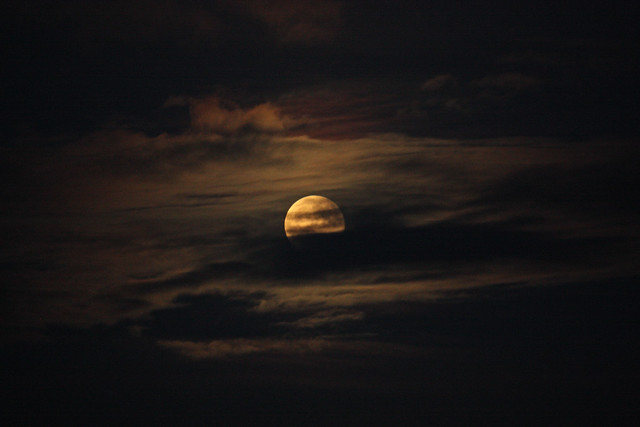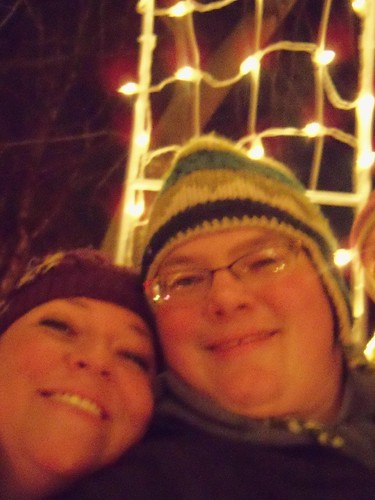New Birth Moon
“Lose the bobcat?” she asked him.
“No, lost you. For a while.”
“Not for long, I see.”
He was wearing his hat again, with
the brim pulled low. She found it harder to read his eyes. “You weren’t after
that cat today,” he accused. “That trail’s a few days old.”
“That’s right.”
“I’d like to know what it is you’re
tracking.”
“You’re a man that can’t hold his
horses, aren’t you?”
He smiled. Tantalizing. “What’s
your game, lady?”
“Coyotes.”
His eyes widened, only for a second
and a half. She could swear his pupils dilated. She bit her lower lip, having
meant to give away nothing. She’d forgotten how to talk with people, it seemed
– how to sidestep a question and hide what was necessary.
“And bobcats, and bear, and fox,”
she piled on quickly, to bury the coyotes. “Everything that’s here. But
especially the carnivores.”
She shifted, waiting, feeling her
toes inside her boots. Wasn’t he supposed to say something after she finished?
When he didn’t, she suggested, “I guess you were looking for deer the other
day?”
He gave a small shrug. Deer season
was many months over and gone. He wasn’t going to be trapped by a lady wildlife
ranger with a badge. “Why the carnivores, especially?” he asked.
“No reason.”
“I see. You’re just partial.
There’s birdwatchers, and butterfly collectors and there’s gals like you that
like to watch meat eaters.”
He might have known this one thing
could draw her talk to the surface: an outsider’s condescension. “They’re the
top of the food chain, that’s the reason,” she said coldly. “If they are good,
then their prey is good, and its food is good. If not, then something’s missing
from the chain.”
“Oh yeah?”
 |
| By Jerolek |
“Yeah. Keeping tabs on the
predators tells you what you need to know about the herbivores, like
deer, and the vegetation, the detritovores, the insect populations, small
predators like shrews and voles. All of it.”
He studied her with a confusion she
recognized. She was well accustomed to watching Yankee brains grind their
gears, attempting to reconcile a hillbilly accent with signs of a serious
education. He asked finally “And what you need to know about the shrews and
voles would be what, exactly?”
“Voles matter more than you think.
Beetles, worms. I guess to hunters these woods seem like a zoo, but who feeds
the animals and cleans up the cage, do you think? Without worms and termites
you’d be up to your hat brim in dead tree branches looking for a clear shot.”
*** *** ***
The new moon this month is the new Birth Moon in Annette Hinshaw's calendar and the new Wolf Moon in Jessica Prentice's.
It is the dark of winter, the testing place of the wisdom and support we
gathered over the last summer both physically as well as emotionally and
spiritually. Did the fields and herds provide enough food for us this year? Did
we store enough food to last the winter? Do we have the friend and kin support
to get us through the dark times?
Humans are like other large animals
top predators in that we require huge amounts of land to support our needs.
Each one of us requires entire armies of farmers and ranchers, crop plants and
livestock animals, food packagers, butchers and cooks to meet our food needs. Estimates
of how much land a human needs to meet their food needs range from 1/5 of anacre to over 10 square miles, depending on the climate and intensity of
agriculture, but no matter what, we are resource intensive creatures. In the
last 50 years agriculture in the western world has changed drastically with the
input of petroleum fuel and chemical fertilizers, reducing some of the human
labor required to feed our growing population that now tops 7 billion souls.
Unfortunately, this oil based food system is not sustainable in the long term.
Unlike natural ecosystems, it both requires an in put that is not renewable and
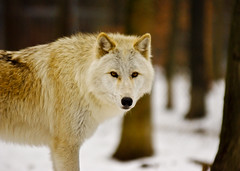 |
| By Ricky NJ |
it also produces waste that is not useable by the system. In fact, the waste
and destruction caused by our modern agribusiness practices makes the entire
ecosystem unhealthy for both humans and many other animal and plant species.
Wolves and other large carnivores
were some of the first species to feel the effects of western civilization as
we developed the technology to take the land we needed for our agriculture.
Wolves were hunted virtually to extinction in Europe and North America as industrial agriculture grew and by the middle of the 20th century there were
only remnant populations in the far reaches of their former range. The
environmental movement of the last 40 years has changed the way both the public
and the government views wolves, however, and in the 1990s there was a program
to reintroduce wolves to the northern Rocky Mountain areas of Idaho and
Wyoming. By 2004 the original couple dozen wolves relocated from Alberta,Canada to central Idaho had expanded to over 450 animals and some of those were
making their way across the Snake River into Oregon. Nearly sixty years after
the last wolf bounty was paid in Oregon, the fish and wildlife department
confirmed two pups born to the small Imnaha pack, the first in the state. Six
more pups were confirmed in the 2009 breeding season and there are two other
packs now roam the wilderness of north eastern Oregon.
This autumn big news broke when a
young wolf left his home pack and started heading west across Oregon. By
December OR 7, as he is known, had traveled over 700 miles and set up camp in
the heavily forested land between Medford, OR and Crater Lake. OR 7 is a bit of
a celebrity these days and his journey, and the notoriety it is getting, is
stirring up the rural/urban, rancher/conservationist divide over the
reintroduction of wolves to Western States. Like Eddie Bondo, the Wyoming
rancher and hunter in Barbara Kingsolver’s Prodigal Summer which I excerpted
above, many people in rural Oregon view wolves as threats to their livelihood. The
irony, of course, is that wolves returning to their mountains are in direct
opposition to the real threat to their livlihoods.
 |
| By Fremlin |
In Kingsolver’s beautiful novel,
Eddie learns from the forest ranger Deanna about how important large carnivores
are to the entire ecosystem they live in. Yes, large carnivores kill young and
weak livestock, but another character in the novel notes that there are 10
other ways she might be responsible for the death of her animals. In fact, the
land that supports a healthy population of carnivores can support a larger and
healthier population of grazing animals. Even crop farmers benefit from the
healthy ecosystems that support wolves, coyotes, bobcats and cougars. Those
ecosystems provide clean water, balanced insect populations and habitat for pest
rodents to live in so they are less likely to harass stored grains. Turns out,
healthy ecosystems make for healthy farms, which in turn allow all people to
live healthier lives.
I think one of the hardest things
to wrap my city born brain around is just how detrimental our culture is to
both wild things and to our own lifestyles. Our current practices of mining the
earth’s resources are simply not sustainable – and I don’t mean that in the
green washed way that Whole Foods or American Apparel mean it. I mean really,
really for real, there is not going to be enough food, clean water, breatheable
air or fertile soil to support the human population. We are filling our house
with garbage and toxic waste, eating everything out of the fridge and refusing
to see that things can’t go on like this.
The struggle for me, an
environmentalist who cares about food issues and wildlife issues and really
knows all about this stuff, is what to do on a daily basis. How do I make
changes in my life that make it more sustainable, without abandoning
civilization and living off dumpster diving and walking everywhere? I currently
live a life that requires a car, and electricity and buying food at the grocery
store. How do I take steps towards a life that this earth can actually support?
Jessica Prentice quotes Martin Prechtel, the author of the book The Party’s
Over, as he talks about the big, mechanized slug of a culture of progress. This
“culture crushing mentality” has left behind a homogenized, lifeless
civilization of freeways, big box stores and franchise restaurants. My sister
went to India and her traveling partner insisted on eating McDonalds and KFC.
It is mind boggling that you even can eat that food
 |
| By Eoin C |
so far away from the
American heartland where it was invented! How do I fight this overwhelming slug
without being a total outsider to my culture and community?
Prentice and Prechtel leave us with
a simple, yet profoundly life shifting call to action; to recreate the
interpersonal relationships found in our ancestral villages. Not to reject
modern civilization (I do truly believe that appropriate technology will be
profoundly useful in creating a sustainable culture) but building the human
community within our civilization that makes life meaningful, valuable and
worth honoring. In terms of food, this community is built through becoming a
producer as well as a consumer, and trading with other individual producers.
Buying eggs from a neighbor or local farmer, shopping for vegetables at the farmer’s
market where you can shake the hand of the woman who grew your cauliflower,
trading your dried oregano and wild harvested nettles for your neighbors apples
or lettuce. These things allow us to see each other as valuable individuals,
not just cogs in the wheel or obstacles on the way to our own fulfillment.
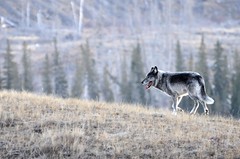 |
| By Wiz411 |
We can create these webs of
relationship in ways that don’t involve food, too. Taking the bus or walking allows
us to really see our neighbors (and sometimes hear them, and smell them but
that’s how we know they are real people). My group of friends is great at
having the kinds of parties that allow us to build relationships, like
Christmas lights viewing or cheese and wine parties or trips to the pumpkin
patch. My church, like so many other places of worship, is another bastion of
community relationships. When I was having such a dark time this last fall I
realized that the culture of my church community involved explicitly being open
with our needs and equally explicit with our ability to help each other both
through encouragement and physical or material assistance. I learned that I had
to be equally explicit with my non-church friends and once I did my needs were
met quickly and lovingly.
The wolf is at the gate, this time
of year. The days are dark and we are lonely, both in our daily lives and in
our cultural life. Wolves show us how interconnected we all are and how
important strengthening and honoring those connections really is. How connected
do you feel these days, to your friends and family, your community and your
larger ecosystem home? How do these connections nourish you, ground you or
leave you feeling confined? Who do you like to buy your food from or share your
food with? Do you have any wolf, coyote or other large predator sighting
stories to share?
**** **** **** **** **** **** ****
** This winter was tough and I got messed up in my calendar. I wrote this thinking it was the Milk Moon but it was really the Birth Moon. Since the post itself is more about the Wolf Moon, I just changed the tags and labels. For more on my thoughts about this, see this post. **
New Birth Moon 2008: Waiting
New Birth Moon 2009: Advent, Awaiting the Birth
New Birth Moon 2010: Winter is Dark, Yet Each Tiny Spark
My full Milk Moon post in January of 2010 is also about the Wolf Moon, and retells the wonderful story of St. Francis and the wolf of Gubbio.



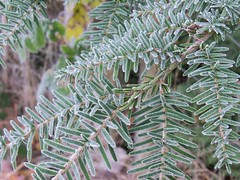
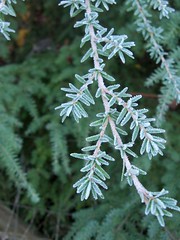

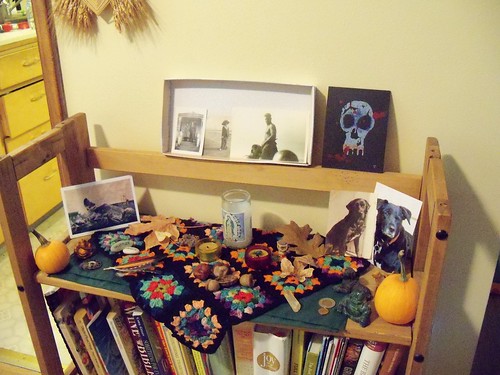
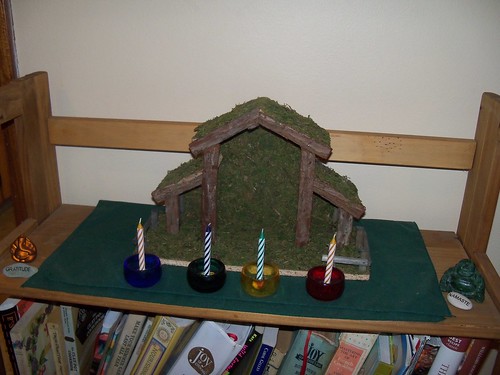
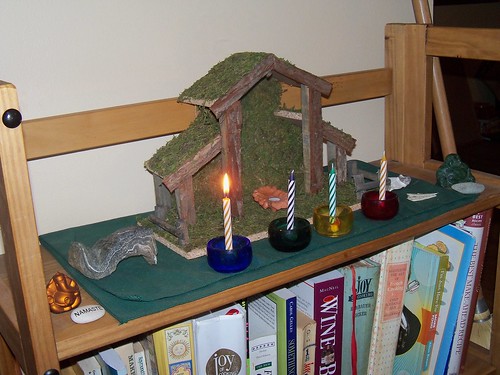


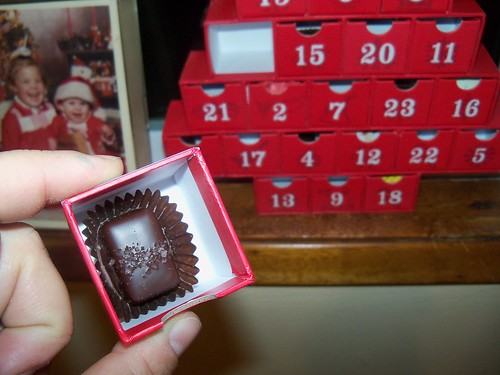 How does your family celebrate Advent? Do you decorate a creche or have an Advent calendar? Do you light candles on a table centerpiece or do something else to count down the weeks and days to Christmas or solstice? I'd love to hear about your traditions.
How does your family celebrate Advent? Do you decorate a creche or have an Advent calendar? Do you light candles on a table centerpiece or do something else to count down the weeks and days to Christmas or solstice? I'd love to hear about your traditions.